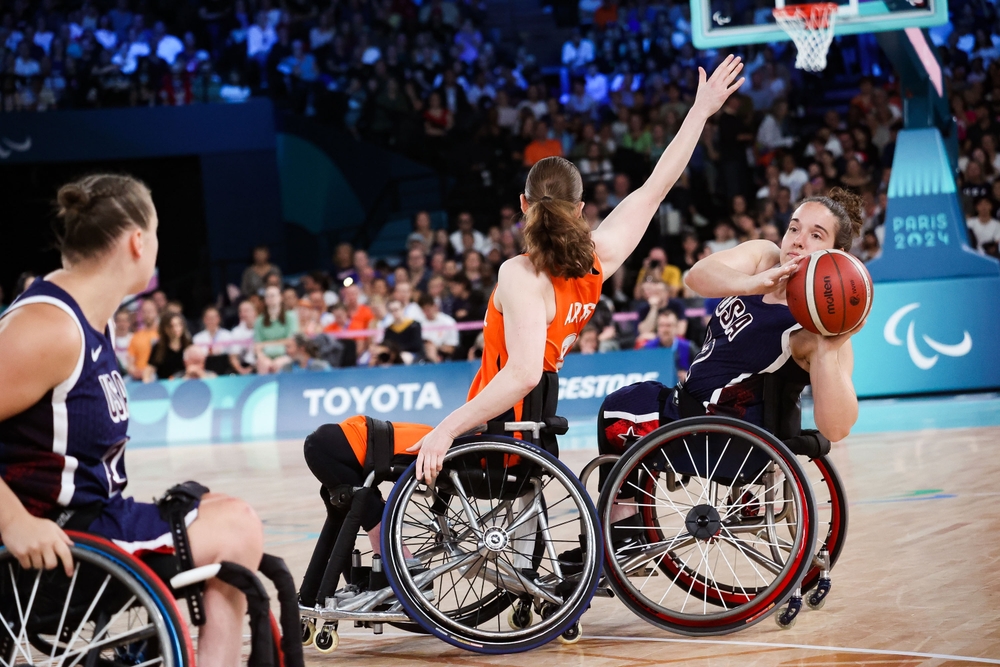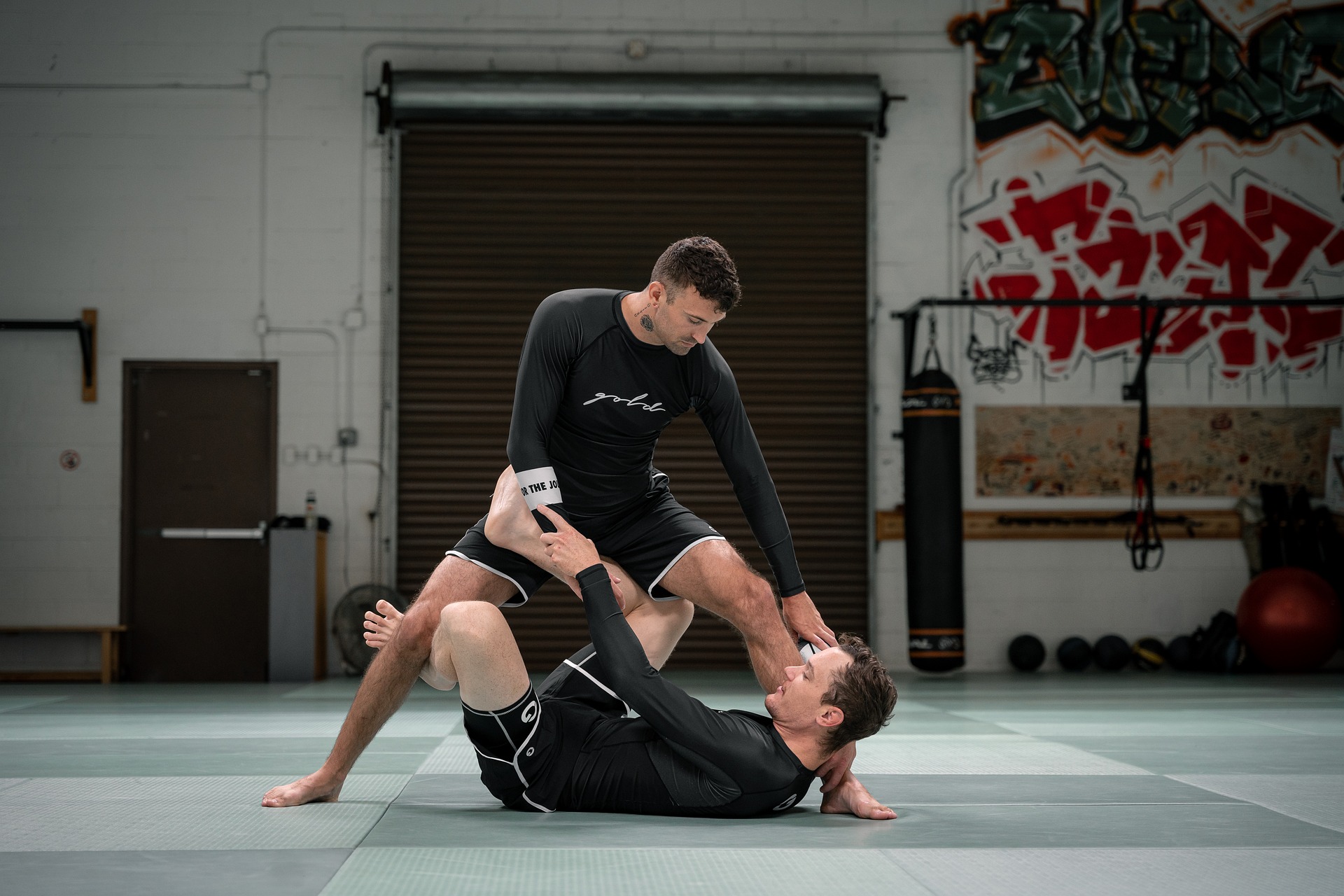Breaking Barriers: How Adapted Sports Empower Individuals with Disabilities
Adapted sports, a vibrant and dynamic realm of the sporting world, has been opening doors and breaking barriers for individuals with disabilities throughout history. This realm not only provides an avenue for physical activity but also fosters mental resilience, confidence, and a sense of community among its athletes. This article delves into the origins, current trends, advantages, and real-world implications of adapted sports, shedding light on a topic that is often underrepresented in mainstream sports discourse.

A Historical Overview: The Rise of Adapted Sports
The roots of adapted sports can be traced back to World War II, with injured veterans participating in sports as a form of rehabilitation. Over the years, it has evolved into a full-fledged competitive arena with numerous international events like the Paralympics and Special Olympics. It is a testament to the indomitable spirit of athletes who refuse to let their disabilities define them.
Current Landscape: A Diverse Array of Opportunities
Adapted sports today encompass a wide range of activities, from wheelchair basketball and rugby to adapted skiing and sailing. Technological advancements have played a significant role in enhancing the performance and safety of athletes. These sports have also seen increasing recognition, with more media coverage and public awareness campaigns.
The Benefits: More Than Just Physical Fitness
Adapted sports offer numerous benefits beyond physical health. They foster mental resilience, as athletes overcome physical challenges and continuously push their limits. Additionally, they promote social inclusion, breaking down societal stereotypes about disability and showcasing the abilities of these athletes.
The Challenges: Accessibility and Representation
Despite the progress, adapted sports face several hurdles. Accessibility remains a concern; not all facilities and equipment are disability-friendly. Representation is another issue, with athletes with disabilities often underrepresented in mainstream sports media. Addressing these challenges is crucial for the continued growth and inclusivity of adapted sports.
Real-World Impact: Inspiring Stories of Triumph
The impact of adapted sports extends beyond the playing field. Athletes like Tatyana McFadden, a Paralympic wheelchair racer, and Nick Newell, a one-handed mixed martial artist, have become role models, inspiring others with their perseverance and achievements. Their stories highlight the empowering nature of adapted sports, reinforcing the idea that disability is not a barrier to success.
Adapted sports continue to evolve, driven by the determination and grit of their athletes. They embody the essence of sportsmanship, pushing boundaries and challenging the status quo. By highlighting this often overlooked aspect of sports, we can foster a more inclusive, diverse, and empowering sporting landscape.





